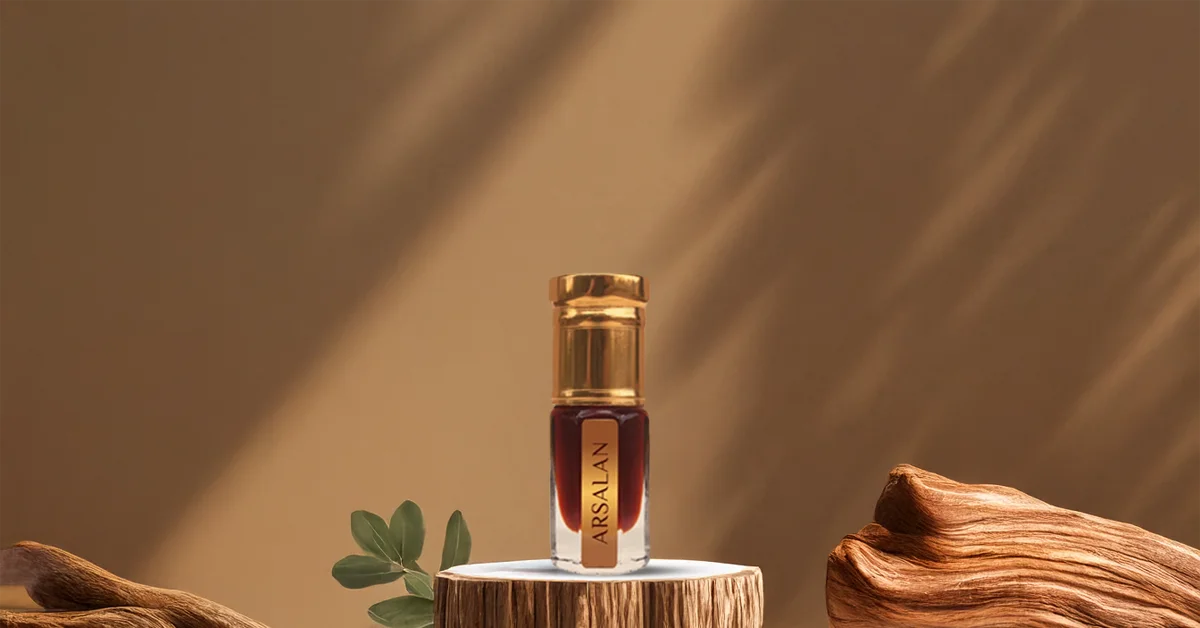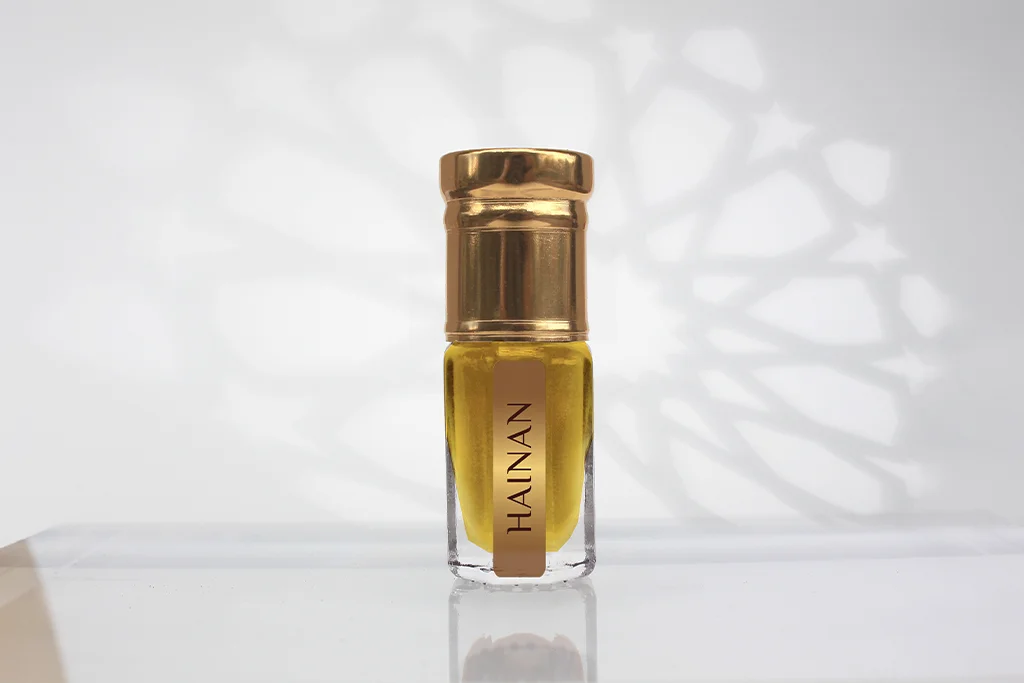Why Oud Oil is Called ‘Liquid Gold’ in the Perfume Industry

In the world of fragrance, few ingredients stir as much wonder and value as oud oil. Oud has earned a reputation that stretches across centuries, continents, and cultures. But why does this rare oil hold such status? What makes it stand apart from all other perfume ingredients and why oud oil is called’ liquid gold’ in the perfume industry?
Let’s explore why oud oil is called ‘liquid gold’ in the perfume industry, why it attracts perfumers, collectors, and fragrance lovers.
Key Takeaways
- Oud oil comes from the rare resin of Aquilaria trees.
- Not all trees make this resin, which makes oud very uncommon.
- Making oud oil takes a lot of time, skill, and care.
- The scent of oud is robust, deep, and usually changing.
- Oud has been utilized in prayers, restoration, and royal courts for centuries.
- As oud oil gets older, it smells higher and will become more valuable.
- Fake or lab made oud cannot address the real issue.
- People collect oud oil like they collect art or treasure.
- Many luxury perfumes use real oud in their top blends.
- Oud creates a strong emotional connection for those who wear it.
What is Oud Oil?
Oud oil comes from the Aquilaria tree. But only some Aquilaria trees produce oud. When certain trees suffer from natural mold, they protect themselves by creating a dark resin. This wood is known as agarwood.
Craftsmen use this special wood to make oud oil through distillation. They soak and heat the wood slowly to collect its oil. The process produces a thick, aromatic oil. It takes many kilos of wood to make a small amount of oil, which makes oud rare from the start.
People love oud for its smell and the way it makes them feel. Each batch smells different, like a fingerprint. This uniqueness makes every bottle personal and meaningful.
Why is Oud so Rare?
Oud earns the name “liquid gold” because nature makes it rare. Most Aquilaria trees never form the resin needed for oud. Only a few trees produce it, and this process takes years. Nature follows its own time.
Collectors search for these trees in remote forests. The search takes knowledge and patience. As more people want oud, the demand rises, but the natural supply stays small.
Many forests now fall under protection laws to stop overharvesting. This adds to the difficulty of finding wild oud and pushes its value even higher.
Complex and Labor Intensive Extraction
Making oud oil demands time, skill, and patience passed through generations. First, skilled workers select agarwood based on smell, color, and texture. They chop the wood and soak it in water to break the fibers and release the oil.
Then comes the distillation. Workers heat the soaked wood in copper or stainless steel pots. As the wood heats, the steam lifts the oil out. This process runs for several days or even weeks.
The distiller controls the heat carefully. If it gets too strong, the oil burns. If it’s too low, the oil stays trapped. After distillation, they collect and filter the oil, removing the moisture, then it is cured and aged. This hands-on artisanal work gives oud oil its rarity and deep value.
The Unmatched Scent of Oud Oil as a Liquid Gold
Oud smells rich, deep, and complex. Unlike floral or fruity perfumes, oud carries many layers. It smells unexpectedly ethereal, even floral at times, woody, warm, resinous, or earthy.
Its fragrance changes with time. At first, it can be formidable. However, as the hours pass, the fragrance softens and blends with the wearer’s skin. Some say it becomes part of their body, mind, and space.
No two oud oils smell alike. Even oils from the same tree differ. This personal nature makes oud a favorite for many.
Rooted in Ancient Culture and History
Oud has deep roots in history. People across cultures have used it for thousands of years. They didn’t just wear it. They burned the wood during prayers, gifted it during special events, or used it in healing.
In the Middle East, royalty use oud as a mark of respect and status. People apply it during Friday prayers or at weddings. In India, healers used oud in medicine and meditation. They believed it helped the heart and mind.
In China and Japan, people burned agarwood in temples. Its scent brought peace during silent prayer. This long use makes oud more than oil. It becomes part of spiritual life and tradition.
Oud Oil Ages Like Fine Wine
Oud oil grows better with time. When fresh, it can smell sharp. But with age, the scent grows smoother and more balanced.
What Changes Over Time?
- The harsh notes fade
- The oil darkens and thickens
- The scent feels softer and deeper
- The oil becomes easier to wear
Collectors often store oud oils for years before using them. Aging increases their beauty and worth. Some pass aged oud to their children like a family treasure.
Impossible to Duplicate
Companies try to copy oud using synthetic materials. But real oud stays one of a kind. It changes over time, reacts to the skin, and holds energy and emotion.
Synthetic versions may smell fine at first. But they don’t evolve or connect with the wearer. Real oud offers a story. That’s why true lovers of oud avoid substitutes. Once you understand real oud, you don’t want anything less.
A Collector’s Dream Ingredient
Collectors view oud oil as treasure, not just fragrance. They search for oils from rare trees, special regions, or trusted distillers.
- Some oils come from extinct trees
- A single batch may never appear again
- Skilled distillers build strong reputations
- Aged oud increases in worth
Many collectors never open the bottles. They value them as they would fine art, rare, real, and full of meaning.
Defines Luxury Perfume
Top perfume brands use real oud in their most elite perfumes. Even a small drop can change the full blend.
Perfumes with real oud feel richer and last longer. They stay on skin for many hours, sometimes days. This lasting power and beauty make oud a key ingredient in high-end perfumes.
Many niche brands focus on oud perfumes because serious buyers understand the value behind each drop.
Leaves a Lasting Emotional Impression
Oud connects with the heart. People wear it to find peace, focus, or confidence. Some use it during quiet time, prayer, or family events.
Everyone builds a personal bond with oud. For some, it brings memories of home. For others, it calms the mind. This deep connection stays with them for life.
Oud Oil as a Liquid Gold in the Perfume Industry
Oud oil is called liquid gold in the perfume industry because of its rarity, deep aroma, and cultural value. It comes from the Aquilaria tree, but only a few trees produce the resin needed. The complex extraction process and unique scent of each batch make oud oil highly prized and truly luxurious.
Al Shareef’s Oud the True Liquid Gold Experience

If you want real oud oil that have been hand distilled by generational artisans with care and honesty, then we offer what you seek. We never rush or cut corners. Our work is upholding a name and a legacy. We love what we do and pride ourselves with our art work. We select top-quality woods, follow time-honored methods, and bottle each drop with respect.
Each oil from Al Shareef carries the soul of nature, time, and skilled hands. These aren’t made in bulk. They’re crafted for people who want something rare and full of meaning.
When you choose Al Shareef ‘s Oud, you get more than fragrance. You hold a piece of history, tradition and nature. That’s what makes it true liquid gold.
FAQs
Can you wear oud oil daily, even as a liquid gold fragrance?
Yes, use a small amount. A little goes a long way and lasts for hours.
What makes oud oil different from other perfume oils?
Real oud comes from tree resin and has a deep, changing scent. Most perfume oils use lab-made ingredients and don’t evolve.
Is oud oil suitable for both men and women?
Yes, oud is unisex. Its deep scent fits both, depending on how you wear it.
Does oud oil have a shelf life?
No, oud oil improves with time. The scent deepens and becomes smoother the longer you keep it.